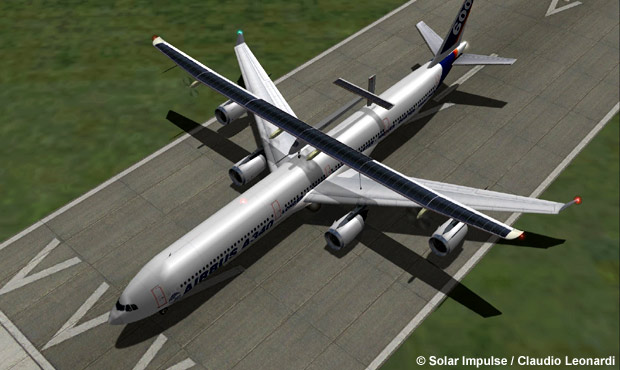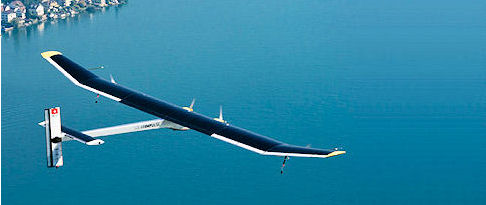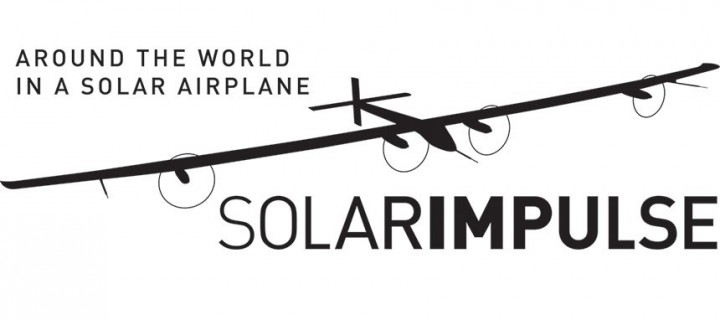With the landing of Solar Impulse 2 in Ahmedabad, it is firmly on course to complete the first Round- The- World flight solely on solar energy! The mission of this outlandish adventure that covers 35,000 Kilometers is to prove that pioneering spirit and technology can change the world for good. The pilots, Bertrand Piccard and André Borschberg are passionate about alternative sources of energy and believe that it can achieve things that are considered impossible until now. The longest single leg will see one of them fly solo non-stop for five days and nights across the Pacific from Nanjing, China, to Hawaii, a distance of 8,500 kilometres. Solar Impulse will cover Ahmedabad and Varanasi in India.

The Solar Impulse 2 is larger in wingspan than a Jumbo Jet, but as light as a SUV, this solar airplane presents structural and aerodynamic features never before seen. The aircraft is capable of flying day and night and confirms to the challenges faced in Round-The-World trips. The route is planned meticulously and the plane will takeoff from the deserts of the Persian Gulf, tackle the Indian monsoon, fly over the Burmese temples and the great wall of China, cross two oceans (with an American “dream” break in between), all to come back around to where it all began in the Persian Gulf. The pilots will take turns in the cockpit one after other in the different phases of flight. You can read more about the first solar powered flight here.
The real breakthrough in this project came in 2010 when, for the first time in history, they flew 26 straight hours in the Solar Impulse airplane (the predecessor to this one), demonstrating it was indeed possible to fly day and night powered purely by solar energy. The plane has a very small cockpit which proves to be a challenge for the pilot. The main challenge lies ahead, with the plane having to cross the Pacific Ocean with no option of going back in case of any failures. The plane completed its first leg with a successful landing in Oman.

The founders do not aim to revolutionize the aviation industry but believe that the alternate technologies can be incorporated in other fields like personal electronics and automotive engineering. The electric engines used in Solar Impulse 2 operate with astonishing 97 percent efficiency, the plane exclusively uses low-power LEDs and insulated batteries. These technologies can be replicated easily across other categories. The project is being backed up by big international firms like Google which is a nice thing to see.
For now, the Solar Impulse 2 may have been delayed due to bad weather conditions but its ambitions and ideas have taken flight and it looks like nothing can stop them.
Key specifications:-
Capacity: Single pilot
Wingspan: 72 meters; larger than that of a Boeing 747-8
Weight: 2,300 Kg
Power: 17,000 solar cells–just 135 microns thin (the breadth of a human hair), integrated atop the wing surface, supplying four electric motors (17.5CV each)
Energy storage: 633 Kg of Lithium Ion batteries






